Nationality Indian Role Scientist | Name Lalji Singh Residence Hyderabad | |
 | ||
Born 9 July 1947 (age 78) Kalwari, United Provinces, British India ( 1947-07-09 ) Institutions Banaras Hindu UniversityUniversity of EdinburghCCMBCDFD Known for DNA fingerprintingWildlife ConservationMolecular Sex DeterminationEvolution & migration of human Notable awards INSA Medal (1974)Commonwealth Fellowship (1974)CSIR Technology Award (1992, 2008)Ranbaxy Research Award (1994)Goyal Prize (2000)FICCI Award (2002-03)Padma Shri Award (2004)J.C. Bose Fellowship (2006–2015)NRDC Award-2009S. S. Bhatnagar Fellowship (2010–2014) Books My Travails in the Witness Box, You Deserve, We Conserve: A Biotechnological Approach to Wildlife Conservation Fields | ||
Education Banaras Hindu University Doctoral advisor S. P. Ray-Chaudhuri | ||
Arrest dr lalji singh vice chancellor bhu and produce before ncsc new delhi on 28 10 2013
Lalji Singh (born 5 July 1947) is an Indian scientist who has worked in the field of DNA fingerprinting technology in India, where he is popularly known as the "Father of Indian DNA fingerprinting". Singh has also worked in the areas of molecular basis of sex determination, Wildlife conservation forensics and evolution and migration of humans. In 2004, he received the Padma Shri in recognition of his contribution to Indian science and technology.
Contents
- Arrest dr lalji singh vice chancellor bhu and produce before ncsc new delhi on 28 10 2013
- Eureka with lalji singh
- Early life and education
- University education
- Research career
- DNA fingerprinting technology
- Wildlife conservation and forensics
- Molecular basis of sex determination
- DNA based molecular diagnostics
- Novel insights into evolution and migration of humans
- Genome Foundation
- Books by Singh
- Awards and honors
- Selected publications
- References
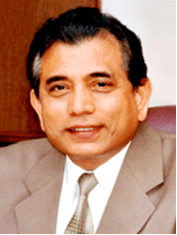
Singh founded various institutes and laboratories in India, including the Centre for DNA Fingerprinting and Diagnostics in 1995, Laboratory for the Conservation of Endangered Species (LaCONES) in 1998, and Genome Foundation in 2004, aiming to diagnose and treat genetic disorders affecting the Indian population, in particular the under-privileged people residing in rural India.
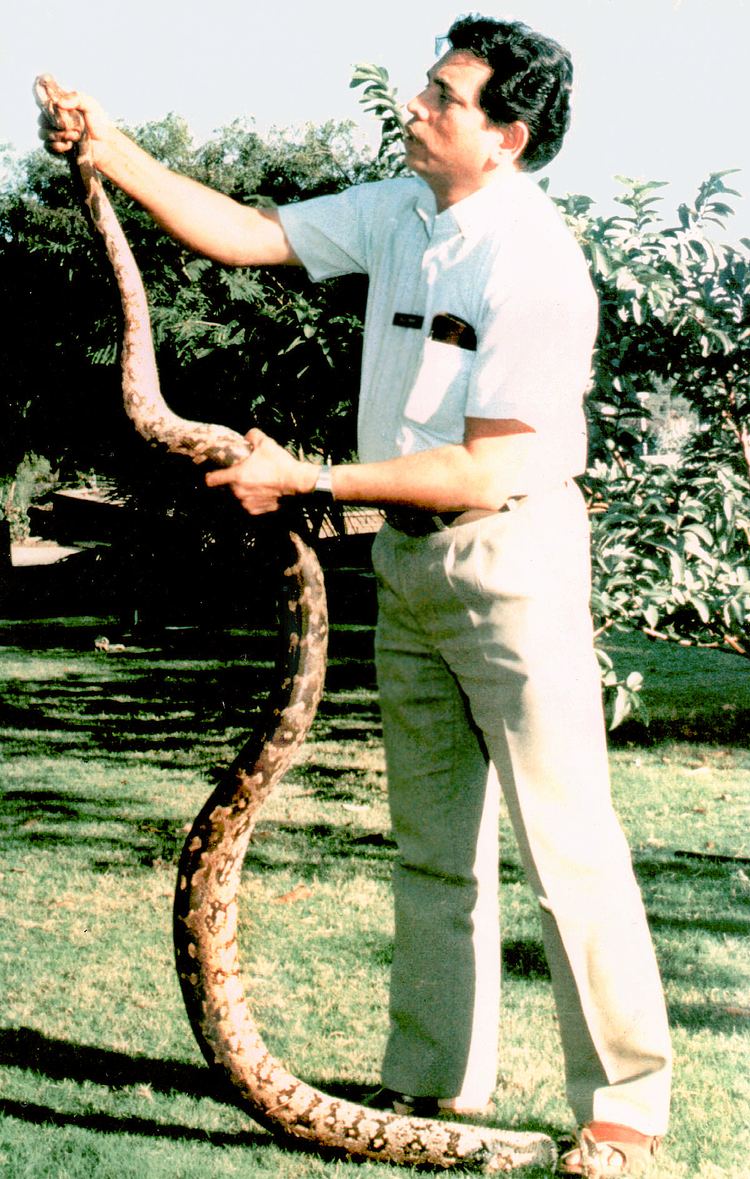
Singh also served as the 25th Vice Chancellor of Banaras Hindu University (BHU) and Chairman of Board of Governors of Indian Institute of Technology (BHU) Varanasi from August 2011 to August 2014. Before his term as Vice Chancellor of Banaras Hindu University, he also served as director of the Centre for Cellular and Molecular Biology (CCMB) from May 1998 to July 2009 and Officer on Special Duty (OSD) of Centre for DNA Fingerprinting and Diagnostics (CDFD), Hyderabad, India in 1995–1999.

Eureka with lalji singh
Early life and education
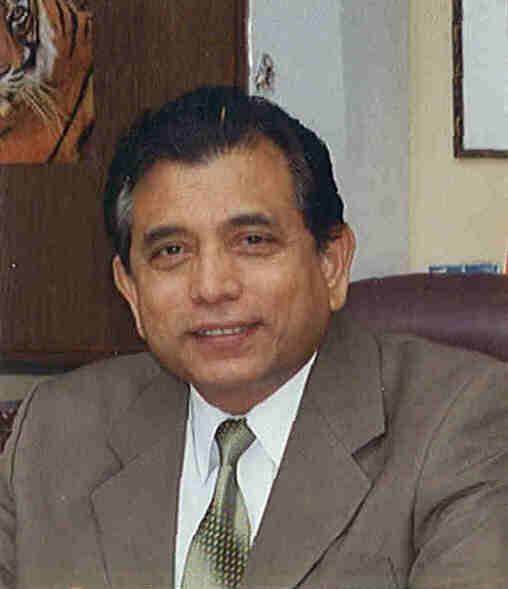
Lalji Singh was born and raised in a small village Kalwari in Jaunpur District of Uttar Pradesh, India. His father, Suryanarayan Singh, was a farmer and used to serve as head of the village. Singh underwent his primary education up to eighth standard at a government school in Kalwari. However, as there were no further education facilities in the village for senior classes, he was admitted at another school in the nearby village of Pratapganj 6–7 km (3.7–4.3 mi) from his village. After completing his 12th standard in the science group from this school, he attended Banaras Hindu University to pursue his graduation in Zoology and cytogenetics.
University education
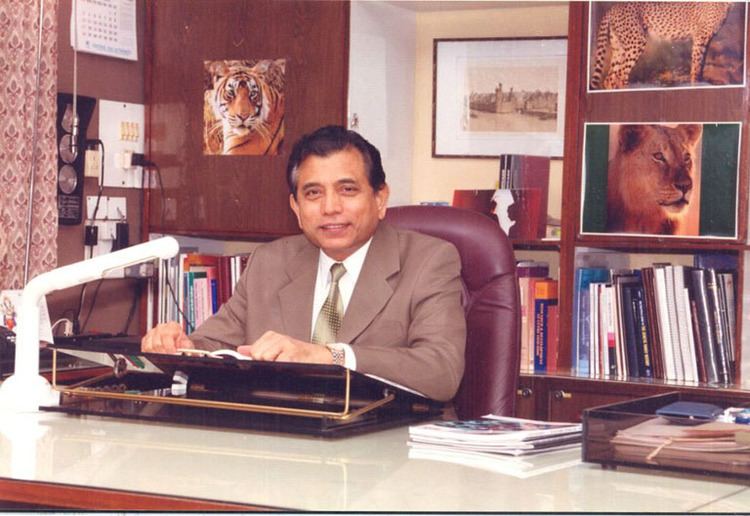
Singh obtained his B.Sc. degree in 1964 from the Banaras Hindu University (BHU). Singh acquired the highest percentage of marks in his Master's degree at BHU in 1966, and won the Banaras Hindu Gold Medal for standing first in order of merit. He was awarded the Junior Research Fellowship (JRF) from the University Grants Commission (India) in 1966. Singh then went on to receive his doctorate from the Banaras Hindu University in 1971, for his work on "Evolution of karyotypes in snakes" in the area of cytogenetics under the guidance of professor S.P. Ray Chaudhuri. His doctoral thesis was published in Chromosoma, an International peer reviewed journal of Springer Link. Singh received the INSA Medal for Young Scientists in 1974, for his research work in the field of cytogenetics.
Research career
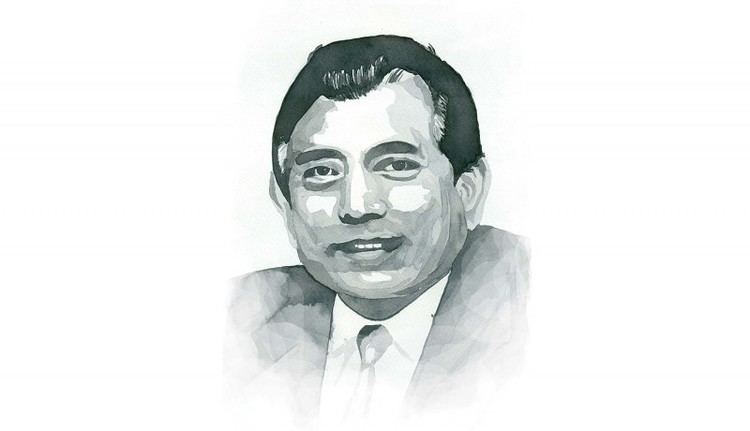
In 1971–72, Singh worked as a research associate at the Department of Zoology, University of Calcutta and in April 1974, he was appointed as pool officer of CSIR. In 1974, Singh received the Commonwealth Fellowship to carry out research at the University of Edinburgh, UK, where he worked until 1987. During that time, Singh also worked as a guest scientist at the University of Calcutta, India, for a short period of time and visited the Australian National University in Canberra as a visiting fellow.
In June 1987, Singh returned to India and joined the Centre for Cellular and Molecular Biology (CCMB) in Hyderabad, as a senior scientist. After coming back to India, Singh developed and established the DNA fingerprinting technology for forensic investigation of crime and civil disputes. In July 1998, Singh became the fourth director of the CCMB, where he served until July 2009. During April 2006 to July 2015, Singh was awarded the J.C. Bose National Research Fellowship of India. He was also awarded the Shanti Swarup Bhatnagar Fellowship of CSIR in January 2010 to December 2014. On 22 August 2009, Singh was appointed as the 25th Vice Chancellor of Banaras Hindu University in Varanasi, India. During his three-year tenure as vice chancellor at BHU, Singh took ₹ 1 as a token salary from the university.
As of August 2014, Singh is involved in several other academic and research organisations in various capacities. These include being a member of the Governing Board of Indian Council of Agricultural Research (ICAR), New Delhi; chairman of the Research Advisory Council (RAC) of National Bureau of Animal Genetic Resources (NBAGR), Karnal; chairman of the RAC of Project Directorate on Poultry (PDP), Hyderabad; member of the advisory committee of Pharmacopeia Commission of India; chairman of the RAC of National Bureau of Fish Genetic Resources (NBFGR), Lucknow; member of the Board of Management of Sri Ramachandra University, Chennai and member of the Board of Governors of Indian Institutes of Science Education and Research (IISER) Mohali. Singh is also serving as director of the Genome Foundation, a non-profit organization aiming to develop cheap molecular diagnostics for genetic disorders prevalent in rural India.
Singh has published more than 230 research papers during his 45 years of research, and as of April 2013 he has an h-index of 30.
DNA fingerprinting technology
During his early science career as a Masters student in 1968, Singh became interested in studying the cytogenetics of Indian snakes. During the 1970s, while studying the evolution of sex chromosome in a species of an Indian snake, the banded krait, Singh and his colleagues identified a highly conserved repeated DNA sequences in the banded krait and other vertebrates, which they named the "Banded Krait Minor" (Bkm) sequences in 1980. These Bkm sequences were conserved across various species and were found to be polymorphic in humans. In 1987 through 1988, while working in the CCMB, Singh established that this Bkm-derived probe could be used to generate individual specific DNA Fingerprints of humans for forensic investigations; and in 1988, he used that probe for the first time to solve a case of parentage dispute in India. In 1991, Singh produced the first DNA fingerprinting based evidence in an Indian Court to settle a disputed paternity. This was followed by DNA fingerprinting based resolution of hundreds of civil and criminal cases, including cases such as the assassination case(s) of Beant Singh and Rajiv Gandhi, Naina Sahni Tandoor murder case, Swami Premananda case, Swami Shraddhananda case, and Priyadarshini Mattoo murder case.
This established the DNA fingerprinting to be used as evidence in the legal system of India. Singh's work in this arena prompted the government of India's Department of Biotechnology to form an autonomous institution, the Centre for DNA Fingerprinting and Diagnostics (CDFD) in 1995, with the aim to provide DNA fingerprinting services to the country, especially for human identification purposes.
Singh's lifetime contributions for the development and establishment of indigenous DNA Fingerprinting Technology in India were recognized by the nation, and he is now popularly known as the "Father of DNA fingerprinting" in India.
Wildlife conservation and forensics
While serving as director of CCMB during the end of 20th century, Singh realized an urgent need for assessment and conservation of the wildlife resources of India. To address that need, he conceptualized the Laboratory for conservation of endangered species (LaCONES) in 1998. The foundation stone of this laboratory was laid by the Minister of Environment and Forests, Government of India on 16 September 2001. On 2 February 2007, the laboratory was inaugurated and dedicated to the nation by then President of India A.P.J. Abdul Kalam.
The LaCONES is currently serving as the prime research laboratory of India for conservation and preservation of wildlife resources using advanced technological interventions; and also the "National Wildlife Forensic Cell" to provide wildlife identification services for the nation, based on the fundamental discovery of universal primer technology made by Sunil Kumar Verma and Singh (2001). The first DNA-based test for establishing the species identity of an unknown biological sample pertaining to a case of wildlife crime, was conducted in that laboratory in 2000. Since then, the laboratory has undertaken thousands of such cases on a routine basis for the entire country and has revitalized the field of wildlife forensics.
The laboratory recorded a major success in the Assisted reproductive technology (ART) of wild animals, when the world's first successful artificial insemination of an in estrus induced spotted deer, by non-surgical intra-vaginal insemination done in the laboratory, led to the birth of a live fawn on 14 March 2006. This achievement was further followed by an artificial insemination (AI) assisted birth of an Indian blackbuck fawn in August 2007. These were the first reports in the world of such successful AI of wild animals.
On the World Heritage Day in 2013, the LaCONES campus was recognized as a "Heritage Monument" by the Indian National Trust for Art and Culture (Intach) for its notable architecture and design.
Molecular basis of sex determination
In 1982, Singh and his colleagues discovered that a tiny portion of the short arm of sex-determining Y chromosome was necessary and sufficient to convert a female mouse to male. This fundamental discovery provided a new concept of Chromosomal translocation of sex-determining region from Y chromosome to X chromosomes causing sex reversal in mice. These findings later became the foundation for the discovery of a similar phenomenon of sex reversal in humans.
DNA-based molecular diagnostics
Until 1998, India did not have an adequate facility for diagnosis of genetic disorders, prevalent in the country. The fundamental research carried out by Singh and his colleagues in that area, led to conceptualization and establishment of the first DNA based diagnostic laboratory in the country. The lab later evolved into a separate institute, the Centre for DNA Fingerprinting and Diagnostics in Hyderabad, India to provide advanced DNA based molecular diagnostics services for the nation.
Novel insights into evolution and migration of humans
The fundamental DNA-based research carried out by Singh and his colleagues on primitive tribes including the tribal population of the Andaman and Nicobar Islands, provided critical insights into the evolution and migration of humans, suggesting the out of Africa route of modern humans about 60,000 years ago to the Andaman Islands. These findings have furthered the scientific community's understanding of the origin of man in terms of evolution and migration from place to place.
Genome Foundation
In 2004, Singh founded a non-profit research and service organization, the Genome Foundation, with the aim of diagnosing and treating genetic disorder affecting the Indian population, in particular the under-privileged people residing in rural India, with the participation and voluntary services of scientists and professionals.
Books by Singh
Awards and honors
as of October 2014, Singh holds fellowships from several Indian and Foreign academies. These include:
Some of the notable awards conferred to Singh are as follows:
Singh has also been awarded "Honorary D.Sc. degree" by six Universities including the Banaras Hindu University.
